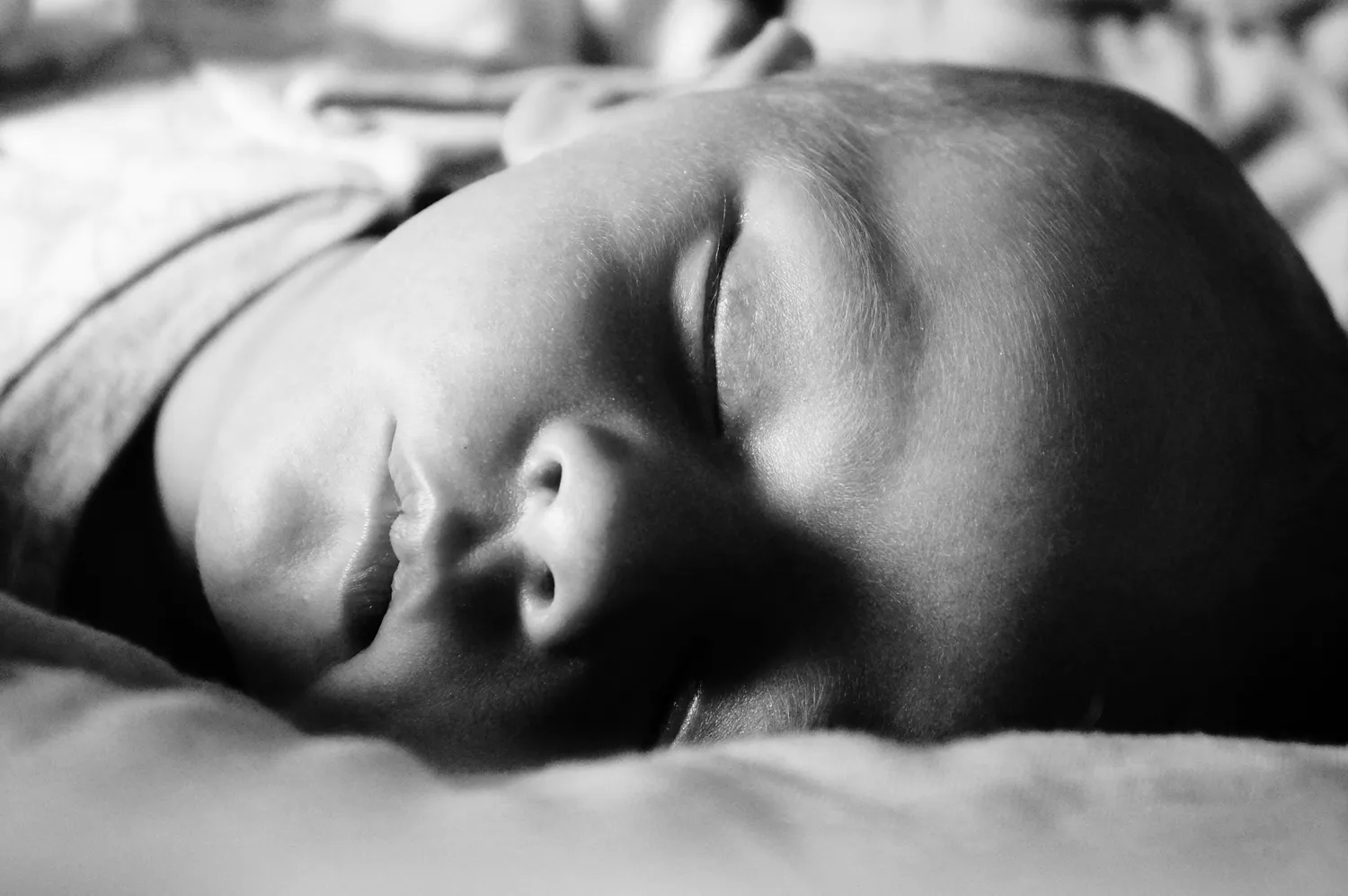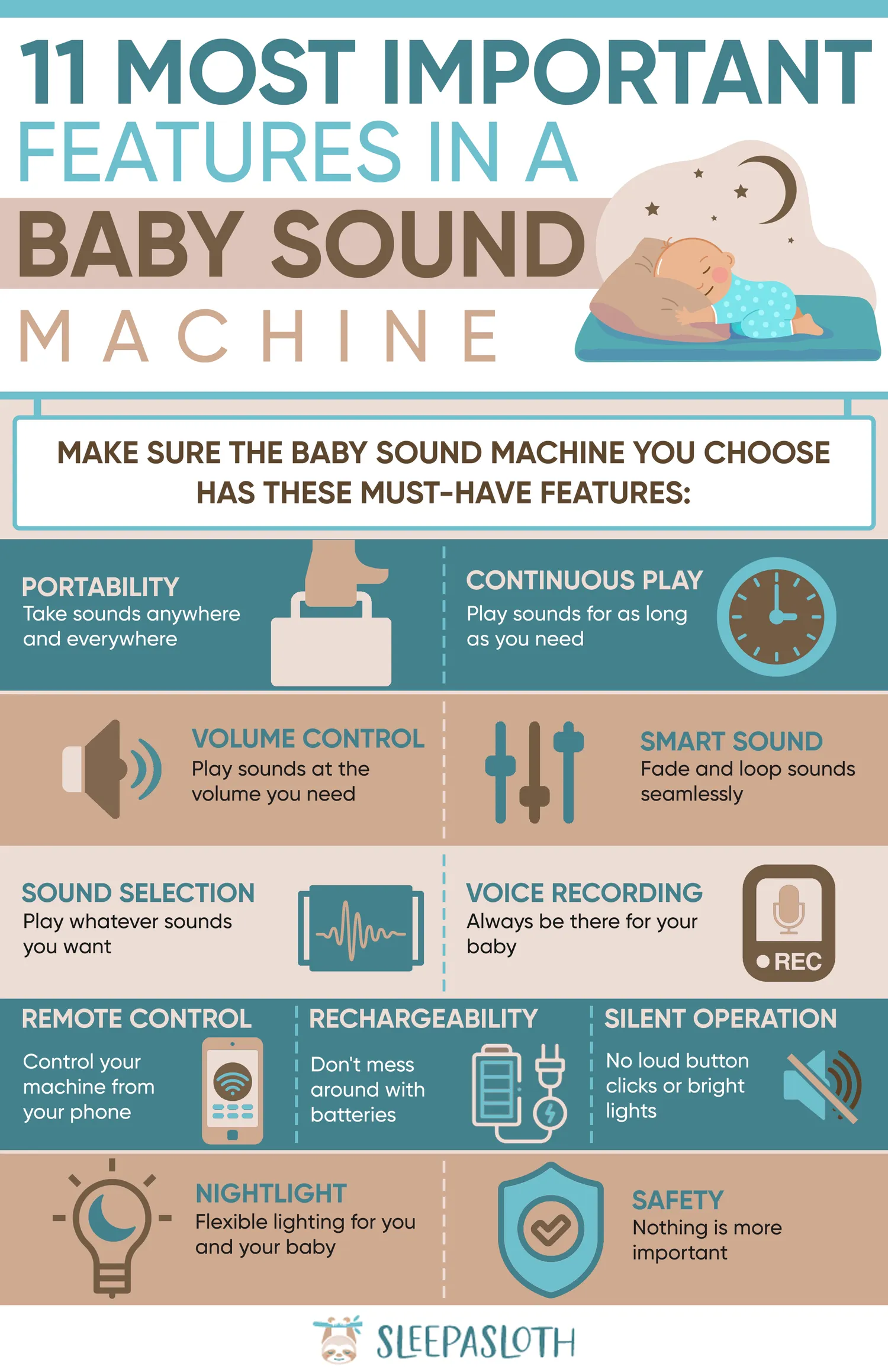Sleep Aids #
Sleep aids come in all forms and sizes, with varying features and across a broad price range. Different parents swear by different machines and even within individual families, different babies may prefer different machines.
For a baby, the distinguishing factors in a sleep aid will be around the selection and quality of available sounds. For the parents, ensuring the device is safe, portable and flexible will likely prove to be differentiators.
Babies and parents have different requirements when it comes to sleep aids
Some parents may also have specific preferences around how aesthetically pleasing, eco-friendly or long-lasting the device must be.
11 Must Have Features #
After talking to many parents we have come up with the following list of 11 most important features in a baby sound machine:
Usage #
Having a great baby sound machine (like SleepaSloth!) alone is not enough, you also need to know how to use it to soothe your baby to sleep
Routine #
Track your baby’s sleep patterns, know how much sleep your baby needs based on their age and keep a look out for sleep cues. At the same time, be aware that every baby is different and their sleep times can vary dramatically. Knowing when your baby needs to sleep is an art you will come to master. It is around this awareness, from around 3 months old, that you can start to establish a consistent sleep routine, incorporating elements like bathing, singing and feeding.
Experimentation #
Try different sounds and different routines until you find something that works for you and your baby. Be aware that your baby’s sleeping habits and needs will change over time, for better and for worse! Try white noise or other sounds like lullabies; try not to play the sounds for too long once your baby has fallen asleep.
Patience #
As you try different variations and approaches, be sure to give them a chance to succeed. It is very unlikely that something new will work on the very first go so be sure to give a new approach a few days to a week. You are creating a new routine for your baby and they need time to adapt.
Drowsy but Awake #
From 4-6 months you want to try to put your baby down when they are drowsy but not asleep. This helps to teach them how to fall asleep on their own and eventually soothe themselves if they wake up during the night.
A baby sleep machine can really work wonders here as you aim to put your baby to bed before they are fully asleep. To create a more gradual transition, you can also stay in the room for reassurance before leaving discretely. If they cry when you leave, try to wait for a short time before going back in and be brief.
Safety #
Some baby sleep aids come in the form of soft toys, despite their advertising, do not put them in the crib until your baby is at least 12 months old.
Don’t play the sleep aid too loudly in too close proximity to your baby. Place the device at a safe distance and set it at a safe volume, appropriate for your baby.

